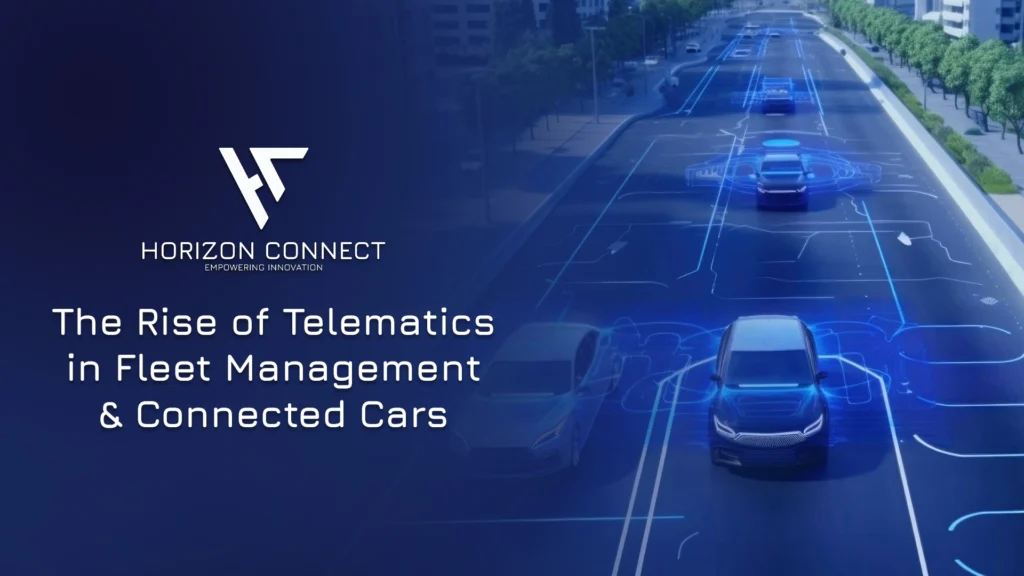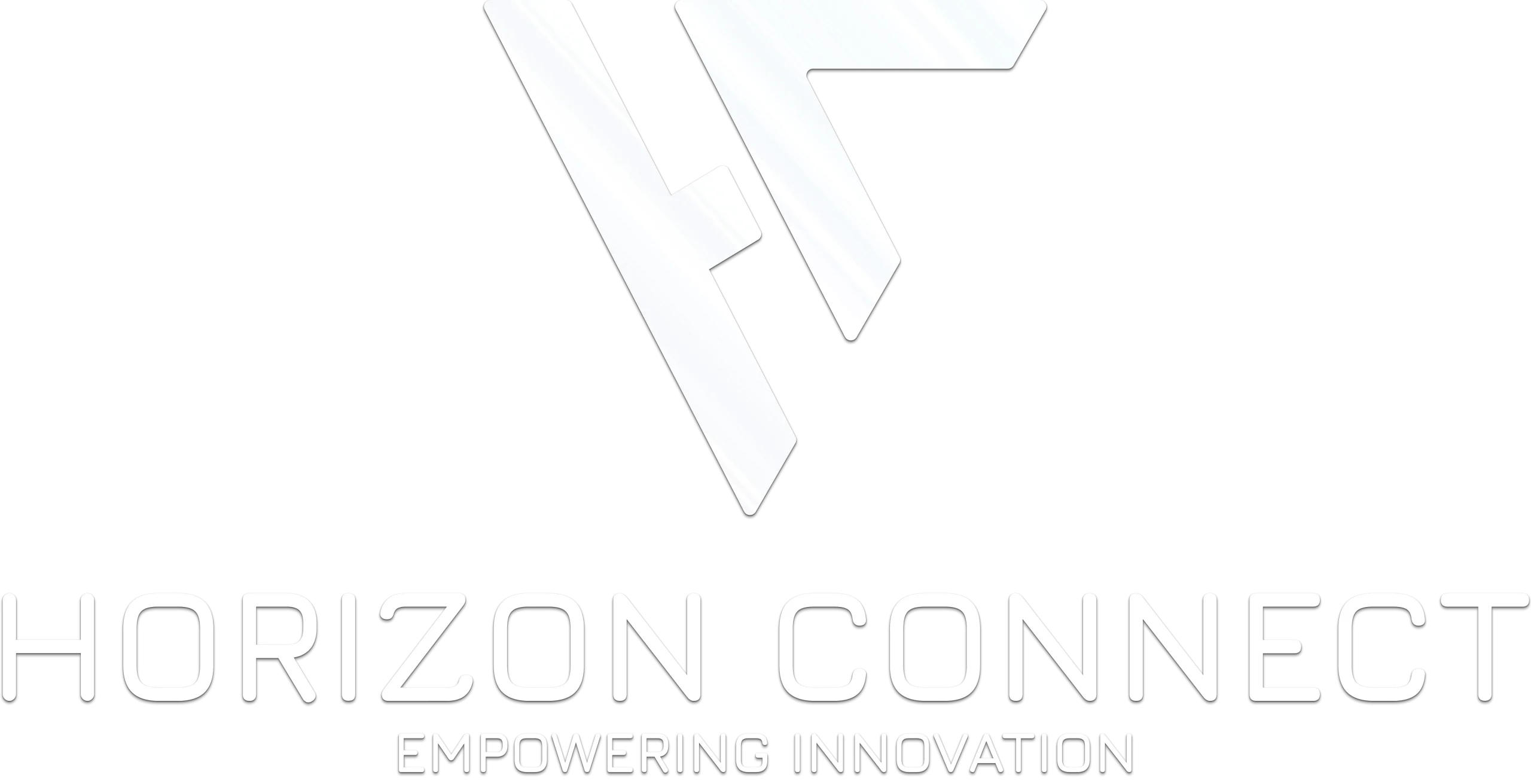The rise of telematics in fleet management and connected cars is revolutionizing the transportation industry by enhancing efficiency, safety, and real-time connectivity. With vehicles generating massive amounts of data, telematics systems are helping businesses make informed decisions by monitoring vehicle performance, driver behavior, and route optimization. As connected cars become more prevalent, telematics is becoming an essential tool for both fleets and individual car owners, paving the way for smarter transportation systems.
What is Telematics in Fleet Management?
Telematics refers to the integration of telecommunications and informatics within vehicles. It involves tracking and transmitting real-time data, such as GPS location, fuel consumption, engine health, and more, to cloud platforms for analysis. This data allows fleet managers to optimize operations and improve efficiency. In connected cars, telematics enhances user experience with features like navigation, remote diagnostics, and predictive maintenance.

Key Benefits of Telematics in Fleet Management
- Improved Efficiency through Route Optimization
With real-time GPS tracking, fleet managers can identify the most efficient routes, avoid traffic, and reduce fuel consumption. Optimized routes also minimize delivery times and improve customer satisfaction. - Enhanced Driver Safety
Telematics systems monitor driver behavior, such as speeding, harsh braking, and acceleration patterns, allowing managers to address unsafe practices. Driver scorecards can also be used to encourage better driving habits through training or incentives. - Predictive Maintenance for Reduced Downtime
By collecting data on engine health and performance, telematics solutions help fleet managers identify maintenance needs before breakdowns occur. This predictive approach reduces downtime, extends vehicle lifespans, and minimizes repair costs. - Fuel Management and Cost Control
Telematics tracks fuel consumption patterns, idle times, and driving behaviors that affect fuel efficiency. Managers can leverage this data to implement strategies that reduce fuel expenses and environmental impact. - Regulatory Compliance and Reporting
Telematics systems simplify compliance with government regulations, such as driver hours and safety checks. Automated reporting reduces administrative burdens, ensuring fleet managers meet legal requirements efficiently.
Telematics in Connected Cars
Beyond fleet management, telematics plays a crucial role in connected cars. With real-time data exchange between the vehicle and cloud systems, drivers benefit from:
- Remote diagnostics for early problem detection
- In-car infotainment and personalized services
- Over-the-air (OTA) updates to keep vehicle software up-to-date
- Safety alerts through V2X communication systems
As autonomous vehicles become a reality, telematics will further enhance communication between vehicles and infrastructure, making roads safer and transportation systems more efficient.
Challenges and Opportunities in Telematics
While telematics offers significant advantages, it also raises concerns about data privacy and cybersecurity. Ensuring that vehicle data is protected from unauthorized access is a top priority for automakers and fleet operators. Horizon Connect focuses on implementing secure telematics solutions that balance innovation with data protection, helping clients navigate these challenges successfully.
Conclusion
The rise of telematics in fleet management and connected cars is transforming how we approach transportation. From optimizing operations to enhancing driver safety, the benefits of telematics are clear. As technology evolves, telematics will play an important role in shaping the future of mobility, making vehicles smarter, safer, and more connected.


